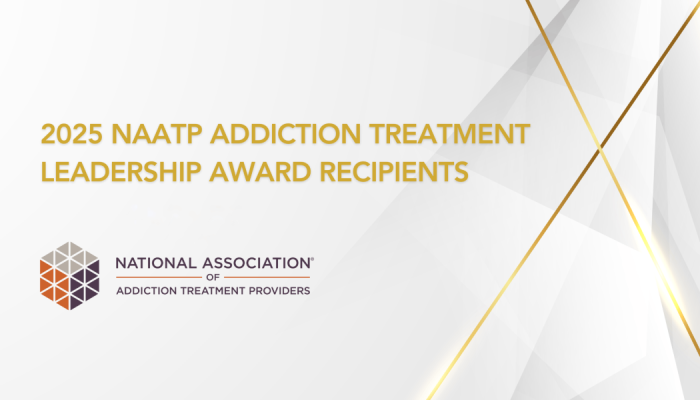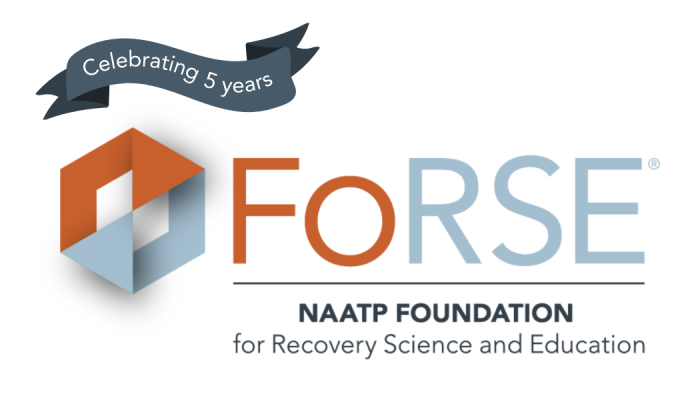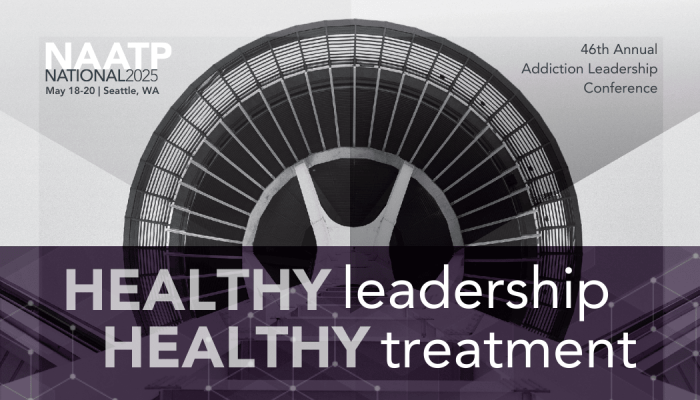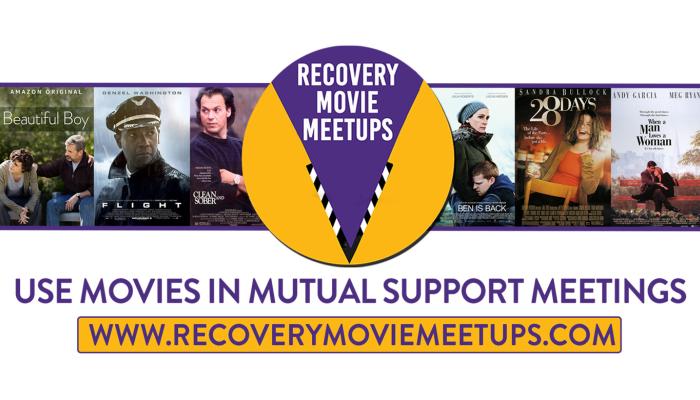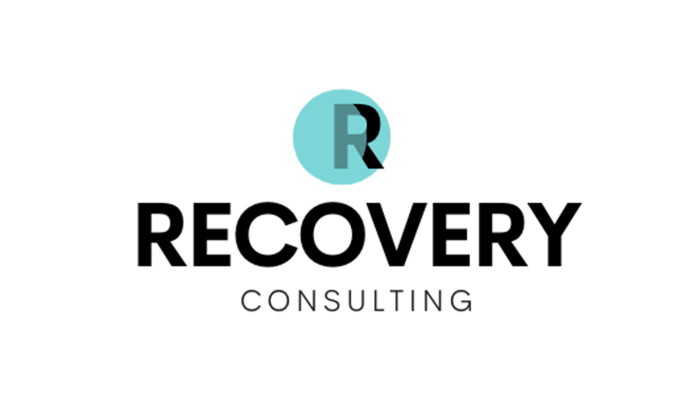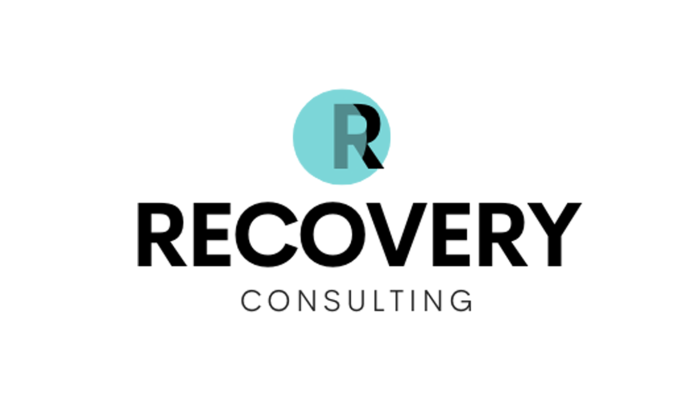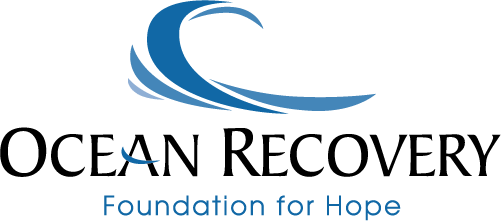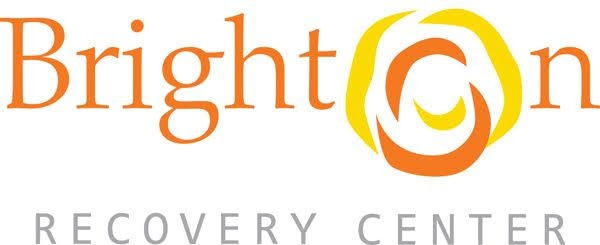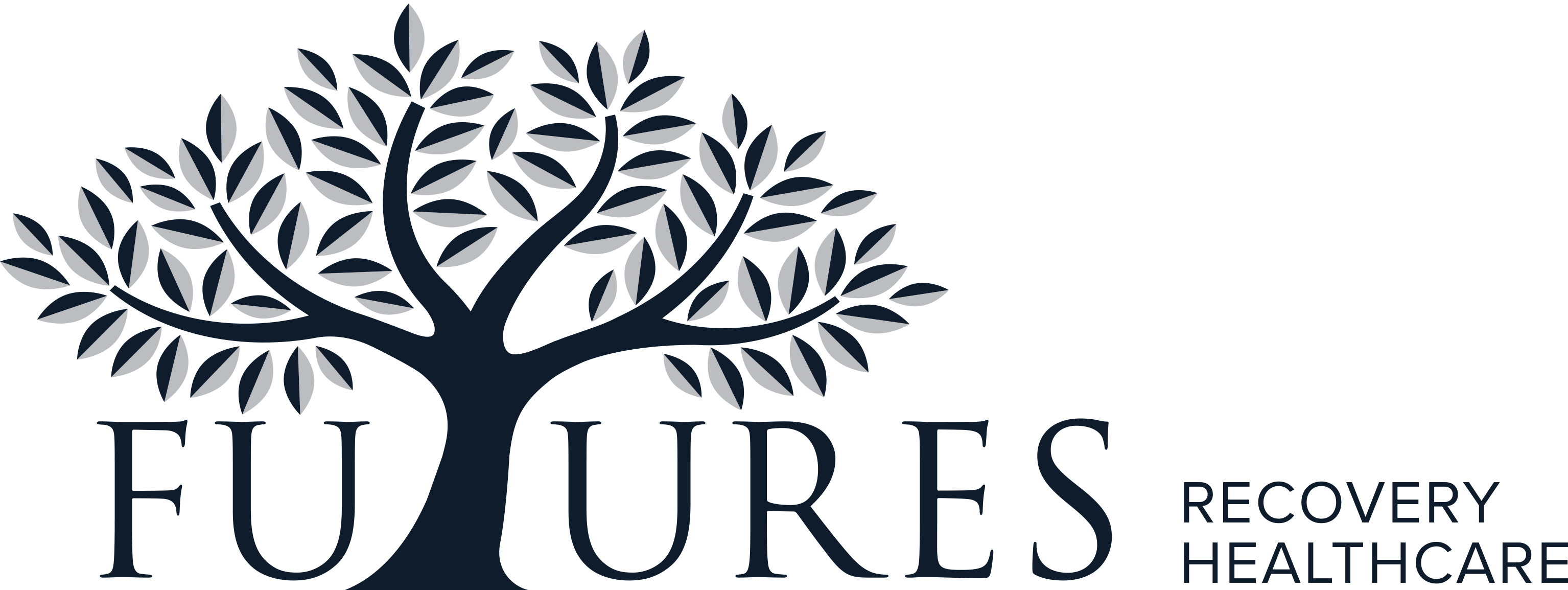Jan 15, 2021
A special feature of our 2019 conference program was a National Hill Day, which gave NAATP members and treatment professionals the opportunity to meet with Congressional leaders on Capitol Hill to establish constituent relationships and advocate for SUD treatment concerns. To leverage the energy created by the National Hill Day, the NAATP team created educational resources like the NAATP State Advocacy Toolkit. The toolkit is a guide for those eager to bring advocacy initiatives to their home states.
This month, NAATP Membership & Advocacy Officer, Nikki Soda, had a virtual interview with KC Gooding, Director of Business Development for New Method Wellness in San Juan Capistrano, CA. Gooding is the State Lead of the California Alliance for State Advocacy (ASA).
The below interview transcript has been edited for length and clarity.
Nikki Soda: KC, you have been a wonderful advocacy champion and someone I was able to spend time with at the NAATP National Hill Day. I wanted to know if you could share your experience.
KC Gooding: Being in Washington, DC gave us an opportunity to have a Capitol Hill Day and I was intrigued to participate. I was asked to lead the California constituents in making appointments with senators and house representatives. I didn't know a lot about advocacy, but I was eager to learn. I was joined by a group of 11 or 12 other professionals from California, and we went one-by-one through our legislative appointments. We got to know each other and came up with a set of advocacy objectives. We were able to make contact with those legislators and continue to engage with them, so that when any new information came in, we always had a member of that legislative body to connect with. So, the experience for me was really career changing and life changing.
You don't have to be an advocacy expert to get started."
NS: You attended the NAATP webinar that rolled out the State Advocacy Toolkit where we discussed the different roles and responsibilities including the ASA Lead. What led you to step into the California ASA Lead role?
KCG: In the state of California where we have so many addiction professionals and so many programs and behavioral health resources, it was alarming to me that only 11 or 12 people were interested in participating in advocacy, so I really wanted to find a way to unite the community in efforts that would support all providers. The State Advocacy Toolkit offered us a national organization telling us exactly how to do this, what steps we need to take, and what support will get, so it made it very easy. Everybody that participated in the National Hill Day was really looking forward to recreating that locally in Orange County and statewide. I've been really supported by my peers and that made my efforts and responsibilities much more streamlined as a result.
NS: What are the public policies or advocacy issues that you feel are most important to tackle this year?
KCG: When California passed SB 1228, which is the California patient brokering law, in June 2019, it mimicked what had already passed in Florida. We were all relieved because this law was long overdue, but we know that we have a long way to go. Unethical operations have found different ways to work around the law and, therefore, we need to act as a community in creating systems that would provide punitive deterrents. Another law that was really important in California was SP 855, which is a state-level mental health parity law reinforcing MHPAEA. We're certainly looking forward to seeing how this will impact insurers, benefit behavioral health providers, and how we can advocate to strengthen the bill.
It was alarming to me that only 11 or 12 people were interested in participating in advocacy."
NS: You launched the California ASA in November. How have these efforts been received so far?
KCG: Overwhelmingly, very well. We created an organization called Orange County Addiction Professionals; it's a monthly meeting where people can network and join advocacy efforts. We bring people from different areas and organizations together to talk about advocacy issues. At the next meeting, we will adopt a service board and distribute committee responsibilities. I expect that over this next year we will have many providers and professionals locally participating in our meetings and I'm hopeful it will be something that members of our community can look forward to. Additionally, I'm hopeful that other areas of California can adopt these practices so we can create a State Capitol Hill Day.
NS: How has NAATP been helpful in getting Orange County Addiction Professionals off the ground?
KCG: The inspiration definitely came from the NAATP toolkit and staff. When we decided to have our first meeting, we wanted to call in the big guns – some people that have experience in advocacy – and you and Mark Dunn made yourselves available to speak with our group. We also had other NAATP members like Faces & Voices of Recovery join with us and a local Orange County advocacy effort called The Purpose of Recovery. Our members understand how we can utilize the toolkit and know we are 100% supported by NAATP in our advocacy goals and can lean on you for direction as we continue to grow our efforts.
This is a community of individuals working together for a larger purpose."
NS: What advice would you give about how to get involved to those who might be on the fence about starting or joining an ASA?
KCG: First, you don't have to be an advocacy expert to get started. Many of my role models and colleagues are engaged in advocacy, and I wanted to make a change in my community. I didn't know a lot about advocacy before I took on that commitment to make appointments for Capitol Hill Day. Also, you don't have to reinvent the wheel; there are a lot of great organizations locally and nationally involved in advocacy efforts. Every person I've reached out to has been supportive and provided great information on how I can lead others in this work. Lastly, it was very important to make this a collaborative effort. I've been honored and privileged to be able to accept this lead position, but I can't do this all on my own; I need the support of my peers and colleagues, who all have unique skillsets. This is a community of individuals working together for a larger purpose, so inclusion is an important aspect as well.




